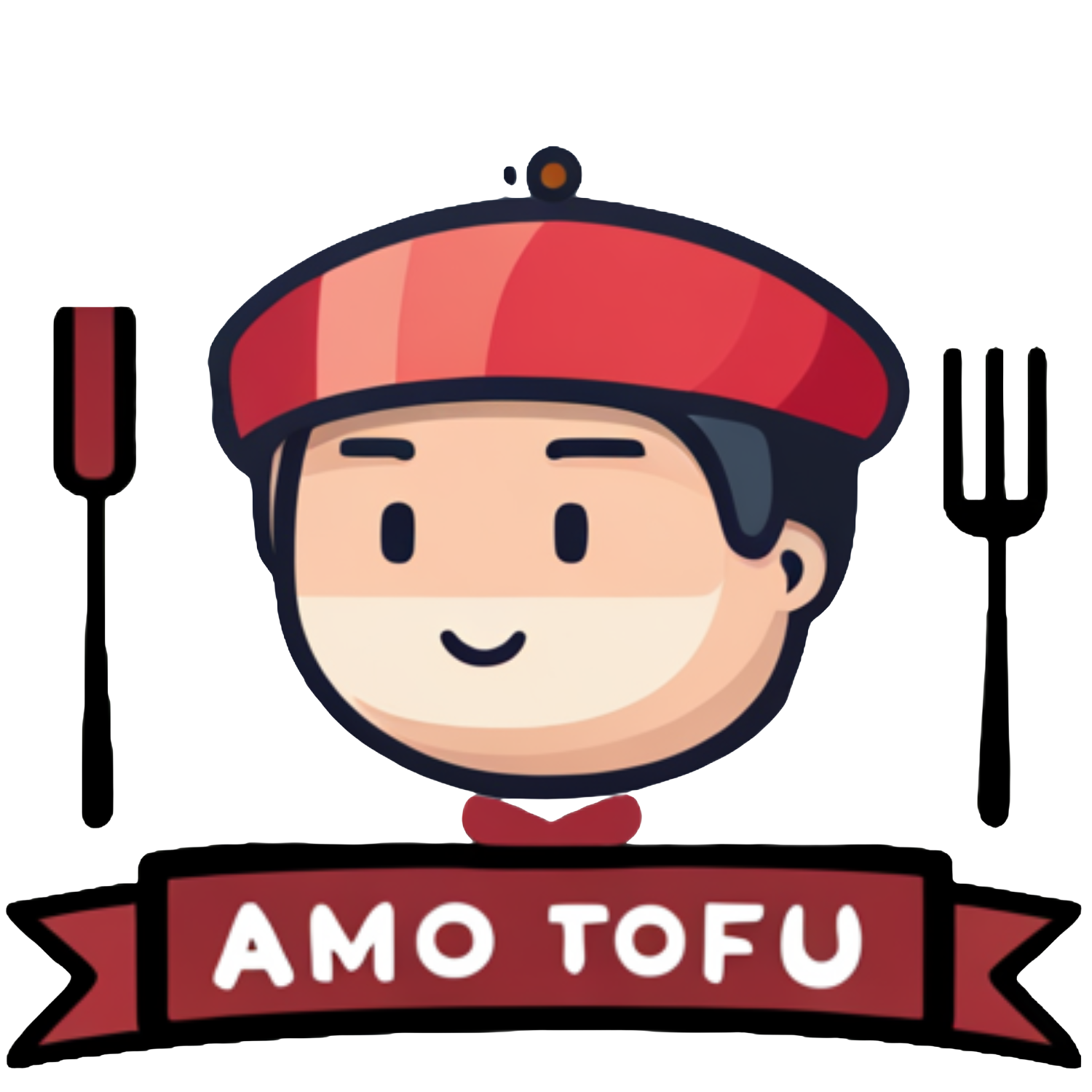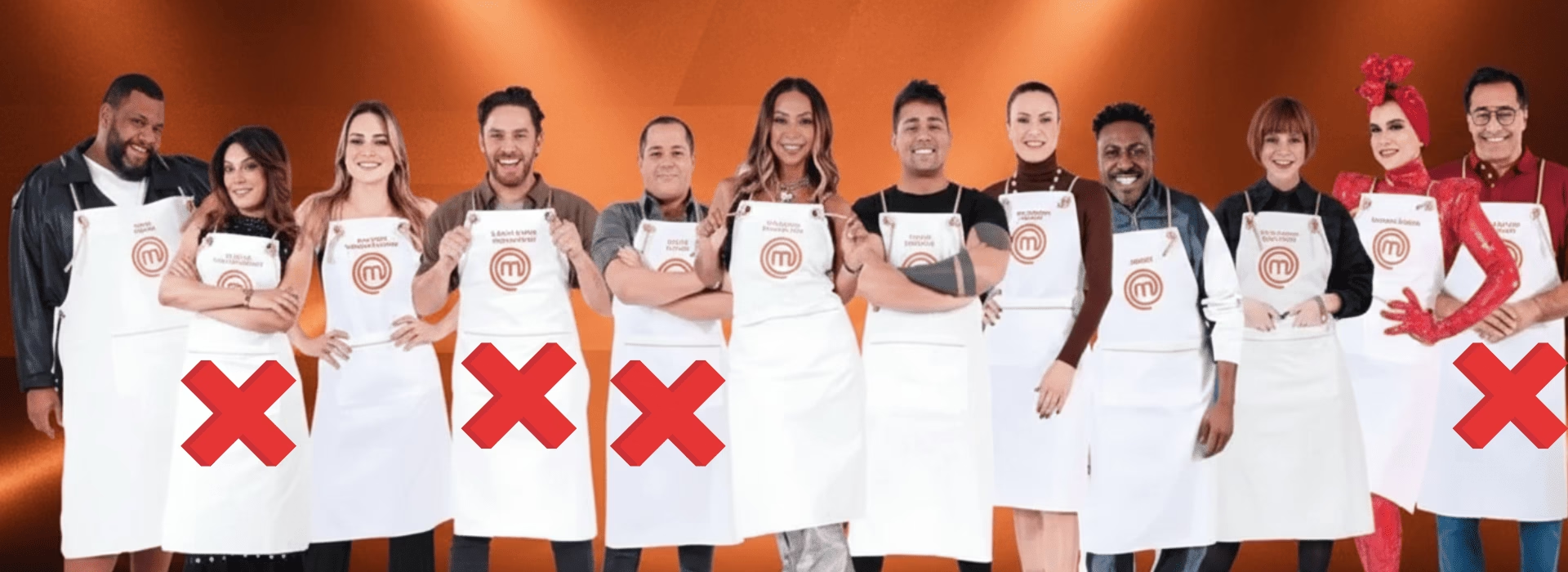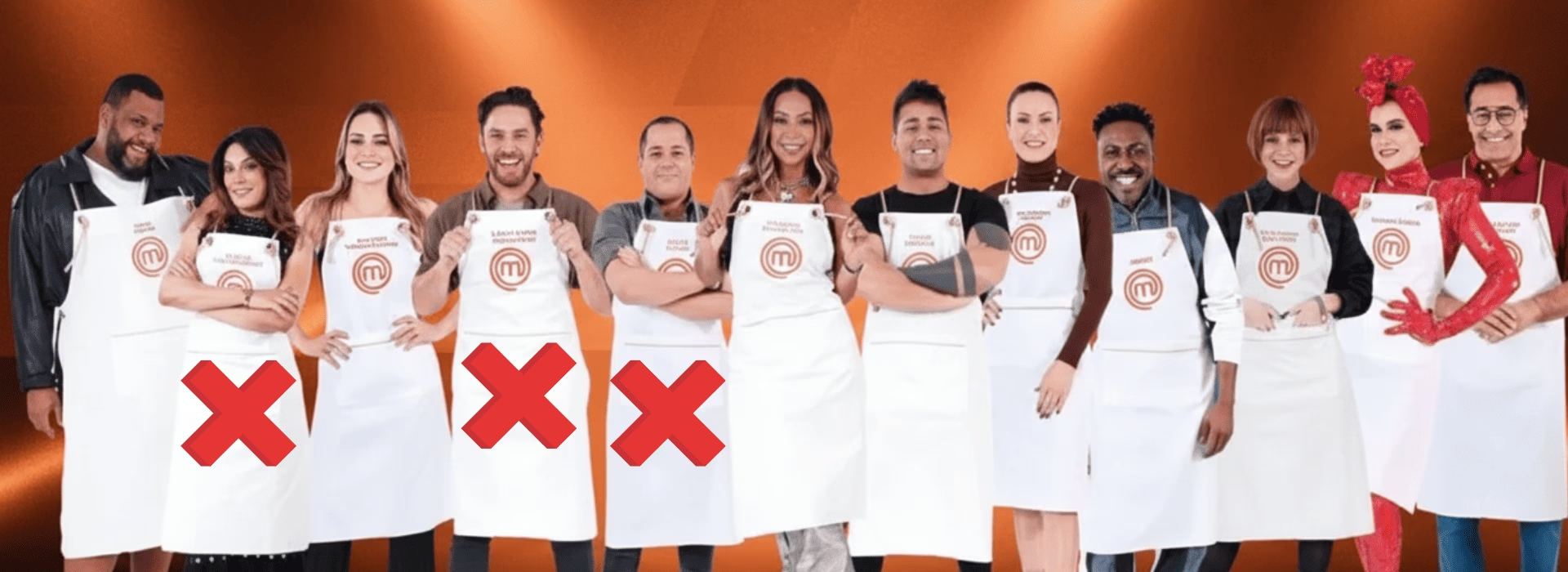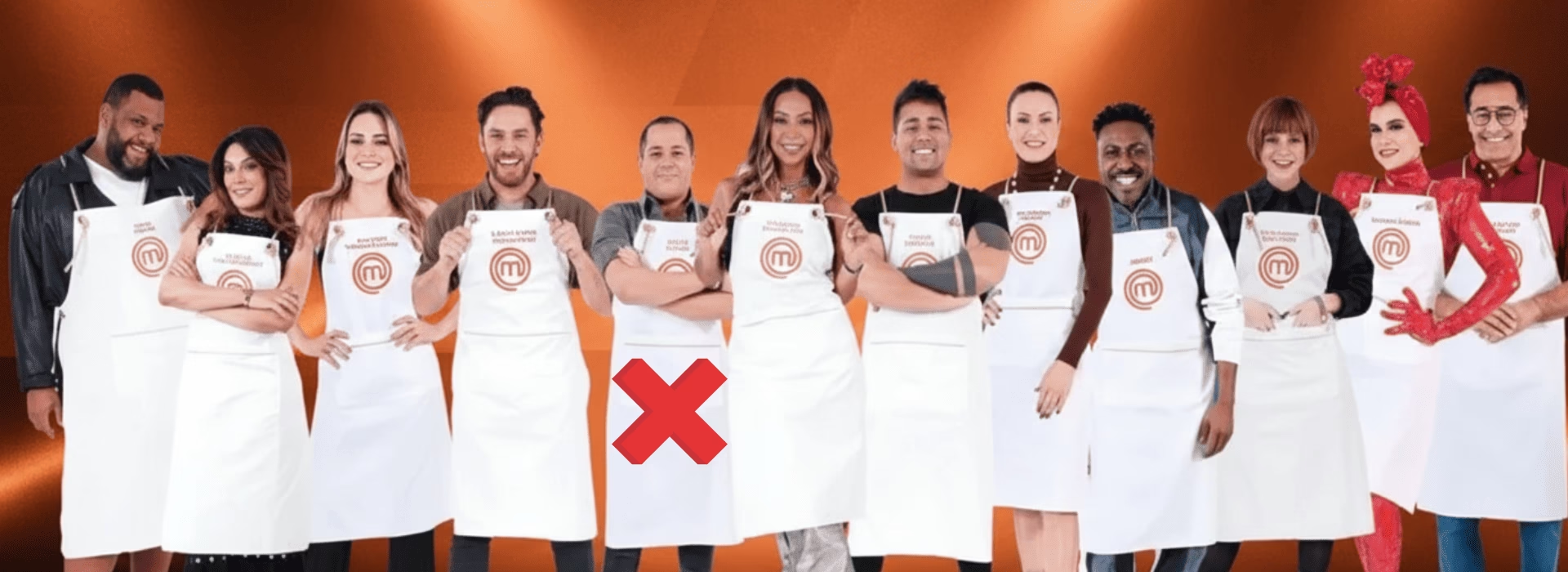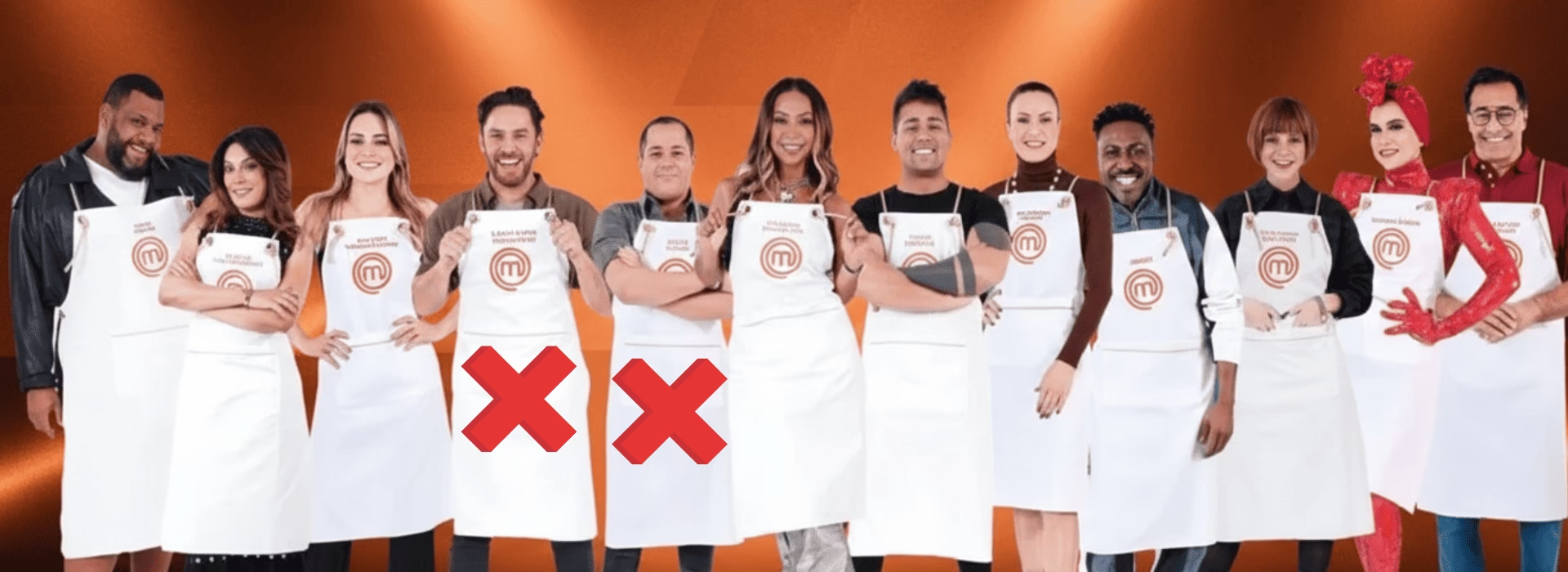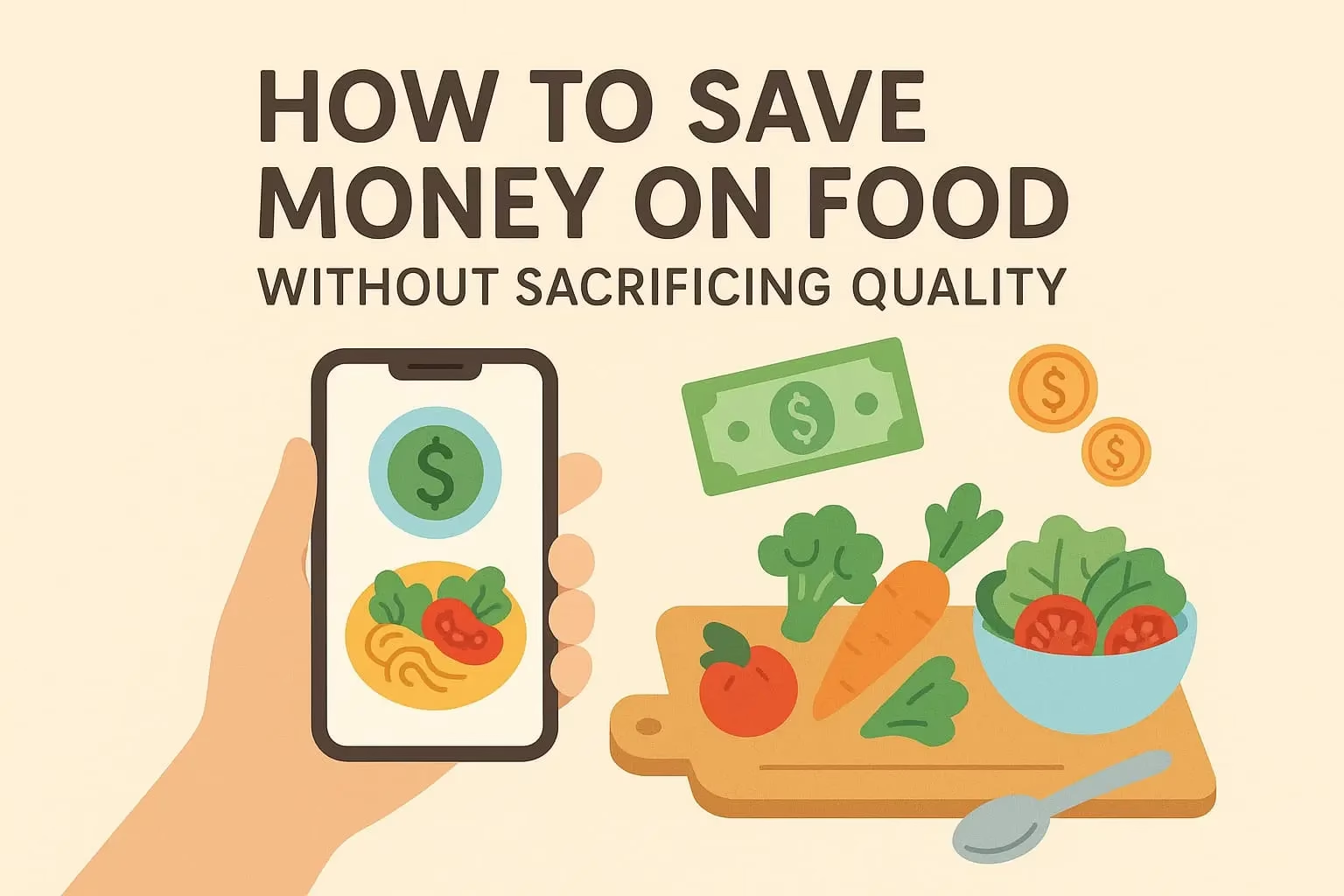One of the most common concerns about eating plant-based is: “How do I get enough iron without meat?” It’s a valid question — but with the right foods and a few simple strategies, it’s absolutely possible to meet your iron needs through plants alone.
In this article, you’ll learn:
- Why iron is important
- How plant-based iron works
- The best vegan sources of iron
- Simple ways to boost absorption naturally
Why Iron Matters
Iron is essential for:
- Oxygen transport in the blood (via hemoglobin)
- Energy production
- Brain function and focus
- Immune health
Low iron can lead to fatigue, dizziness, headaches, and poor concentration — so it’s important to stay topped up.
Plant-Based Iron Is Different (But Still Effective)
Iron from plants is called non-heme iron. It’s slightly less absorbable than heme iron (from animal sources), but you can increase absorption naturally.
Quick facts:
- Plant-based eaters may need 1.8x more iron due to lower absorption
- Vitamin C boosts iron absorption
- Some foods and drinks can block absorption (like coffee or calcium-rich foods when eaten at the same time)
How Much Iron Do You Need?
| Group | Daily Recommended Intake |
|---|---|
| Adult men (19+) | 8 mg |
| Adult women (19–50) | 18 mg |
| Women 51+ | 8 mg |
| Pregnant individuals | 27 mg |
Note: If you’re menstruating, your needs are typically higher.
Top Plant-Based Sources of Iron
Here are some iron-rich plant foods to include regularly:
🫘 Legumes (per 1 cup cooked)
- Lentils: 6.6 mg
- Chickpeas: 4.7 mg
- Black beans: 3.6 mg
- Soybeans: 8.8 mg
- Tofu (1/2 block): ~6 mg
- Tempeh (1 cup): ~4.5 mg
🌾 Whole Grains
- Quinoa (1 cup): 2.8 mg
- Oatmeal (1 cup): 2.1 mg
- Brown rice (1 cup): 1 mg
- Fortified cereals: up to 18 mg per serving (check the label)
🥬 Leafy Greens
- Spinach (cooked, 1 cup): 6.4 mg
- Swiss chard, kale, collard greens (1 cup): 2–4 mg
🌰 Seeds and Nuts
- Pumpkin seeds (1 oz): 4.2 mg
- Chia seeds (2 tbsp): 2.2 mg
- Hemp seeds (3 tbsp): 2.4 mg
- Almonds, cashews: ~1.8 mg per 1/4 cup
🥔 Other Sources
- Baked potato (with skin): 2 mg
- Dried apricots (1/2 cup): 2 mg
- Blackstrap molasses (1 tbsp): 3.5 mg
- Dark chocolate (70–85%, 1 oz): ~3 mg
How to Boost Iron Absorption
✅ Pair Iron-Rich Foods with Vitamin C
Vitamin C can triple iron absorption in a single meal.
High-vitamin C foods:
- Bell peppers
- Tomatoes
- Citrus fruits
- Strawberries
- Broccoli
- Pineapple
- Kiwi
Example combos:
- Lentil soup + side of orange slices
- Tofu stir-fry + bell peppers
- Oatmeal + berries
- Hummus + lemon juice + raw veggies
What Reduces Iron Absorption?
Try to avoid these at the same time as iron-rich meals:
- Coffee and tea (tannins inhibit absorption)
- Calcium supplements or dairy alternatives fortified with calcium
- High-dose zinc supplements (can compete with iron)
Tip: Wait at least 1 hour after meals before drinking coffee or taking calcium if iron is a concern.
Do You Need an Iron Supplement?
Maybe — but not necessarily.
If you’re eating a variety of iron-rich plant foods with vitamin C daily, most people can meet their needs naturally.
However, you may consider a supplement if:
- You have very heavy periods
- You’re pregnant or breastfeeding
- You’ve been diagnosed with iron-deficiency anemia
- You’re constantly fatigued despite eating well
Always consult a doctor before supplementing. Too much iron can be harmful.
Sample High-Iron Plant-Based Meal Plan
🥣 Breakfast
Oatmeal with chia seeds, almonds, and strawberries
(6–8 mg)
🥗 Lunch
Spinach salad with lentils, quinoa, tomatoes, and citrus dressing
(10–12 mg)
🍛 Dinner
Tofu and black bean stir-fry with broccoli and bell peppers
(12–15 mg)
🍫 Snack
Dark chocolate and dried apricots
(4–6 mg)
Final Thoughts: It’s Easier Than You Think
With a bit of awareness and simple food pairings, getting enough iron on a plant-based diet is completely doable — no meat required.
Focus on variety, smart combinations, and consistent habits. Over time, it becomes second nature.
Strong, energized, and plant-powered — that’s the goal. 🌱💪
